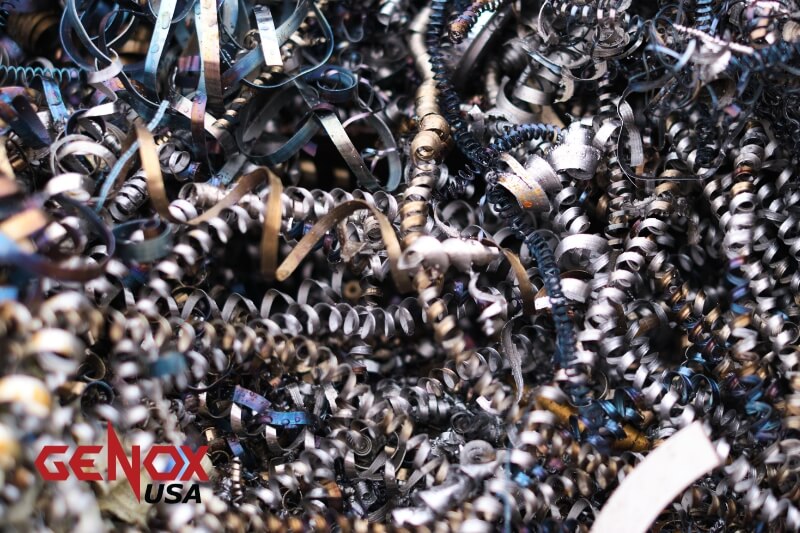How do twin shaft shredders solve your recycling needs?
In the realm of industrial shredding, twin-shaft shredders stand out as robust and versatile machines capable of handling a wide range of materials. These shredders play a crucial role in various industries, from recycling to waste management. In this article, we delve into the workings of twin shaft shredders, exploring their mechanisms and highlighting their efficiency in breaking down diverse materials.
Understanding the Basics
Twin shaft shredders, as the name suggests, feature two parallel shafts equipped with cutting blades. These blades rotate in opposite directions, creating a powerful and efficient shredding action. The materials to be shredded are fed into the space between the rotating shafts, where the blades catch, cut, and tear the materials apart.
Dual Shafts with Cutting Blades
The heart of a twin-shaft shredder lies in its dual shafts, each housing a set of sharp cutting blades. The cutting blades are staggered between the two shafts. The shafts are stacked with the cutting knives and can have different cutting geometries based on the material type. The application will determine the cutting hook height and number of cutting hooks per knife.
Counter-Rotating Motion
A defining feature of twin-shaft shredders is the counter-rotating motion of the shafts. While one shaft rotates clockwise, the other rotates counterclockwise. This opposing movement enhances the shredding efficiency by creating a shearing and tearing effect on the materials.
Variable Speed and Torque
These shredders often feature variable speed and torque settings. This flexibility allows operators to adjust the shredding parameters based on the type and density of the material being processed. Fine-tuning these settings optimizes performance and energy efficiency.
Screening and Sorting Mechanisms
Some twin-shaft shredders incorporate screening and sorting mechanisms to separate shredded materials based on size. This ensures that the desired output size is achieved, and it facilitates the efficient recycling or disposal of processed materials.
Material Applications
These shredders are designed to handle a diverse range of materials, making them versatile in various industrial applications. Some common materials processed by twin-shaft shredders include:
- Plastics: They efficiently break down plastic materials, including bottles, containers, and packaging.
- Metals: They can shred various types of metals, such as aluminum, copper, and steel, facilitating metal recycling processes.
- Wood: They are capable of processing wood waste, pallets, and other wooden materials.
- Rubber: They efficiently shred rubber materials, including tires, into manageable pieces for recycling.
- Electronic Waste: They play a crucial role in the secure disposal and recycling of electronic waste, breaking down devices and components.
Benefits of Twin Shaft Shredders
- High Throughput Capacity:
The dual shaft design and counter-rotating motion contribute to high throughput capacity, allowing twin shaft shredders to handle large volumes of material efficiently.
- Versatility Across Materials:
Twin shaft shredders excel in processing diverse materials, making them suitable for industries with varying shredding needs.
- Reduced Maintenance Downtime:
With durable construction and efficient design, these shredders often require less maintenance downtime, contributing to increased operational efficiency.
- Customizable Shredding Parameters:
Operators can customize shredding parameters, including speed and torque, to adapt the shredder to specific materials and processing requirements.
These shredders represent a pinnacle in industrial shredding technology, combining power, versatility, and efficiency. Their dual shafts with counter-rotating blades enable them to tackle a wide range of materials, from plastics to metals and electronic waste. Understanding the key components and mechanisms of these shredders provides insight into their capabilities and highlights their role in

